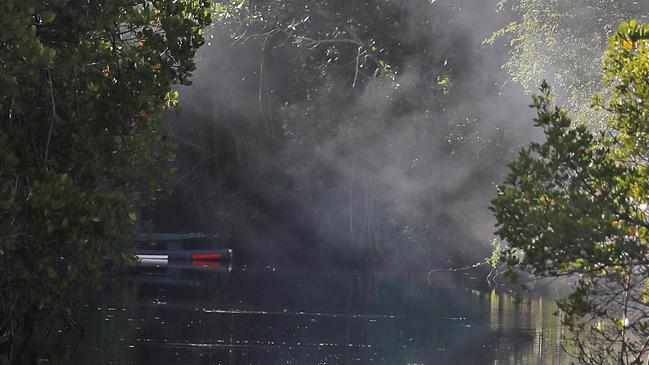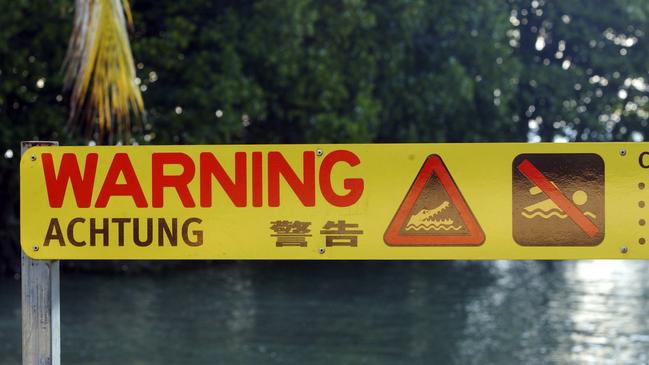Croc sighting closes beaches
Crocodile sightings at two very popular Cairns beaches have the ‘beach closed’ signs going up. Find out where
Cairns
Don't miss out on the headlines from Cairns. Followed categories will be added to My News.
THE Department of Environment will investigate a croc sighting that resulted in two northern beaches being closed for four hours on December 3.
A DES spokesman said the croc, estimated to be at least 3m in length, was first sighted at noon at Kewarra Beach, swimming south.
“There are several creeks in the area and the Barron River, the croc could have been heading anywhere,” he said.
“They are highly mobile, swimming up to 40km in a day.”
He said every reported croc sighting was investigated by DES.
“The important thing is for everybody in the Cairns region, around Kewarra and Trinity and Holloway’s Beach and further south, to call the department on 1300 130 372 and report the sighting – if people see it, they should report it,” he said.
Lifeguard North Queensland supervisor Jay March said Kewarra Beach was closed about 12.30pm on Saturday after a crocodile estimated to be 3m in length was sighted, and Trinity Beach was closed about an hour later.
“It might have been the same croc, which went around the corner to Trinity Beach,” Mr March said.
“Our protocol is to close a beach for four hours after a sighting.”

The croc was seen cruising about 10m from the water’s edge at Kewarra.
He said the crocodile may have been flushed out of Deep Creek, at the northern end of Kewarra Beach, during days of heavy rain earlier in the week.

Much of Cairns is within Zone B of the Department of Environment’s (DES) Queensland Crocodile Management Plan, where the risk of crocodile and human interaction is high, but the beachfront itself is within Zone D – a transitory zone, where crocodiles can be seen passing but it is not their core habitat.
Any crocodile greater than 2m or displaying dangerous behaviours in Zone D – in the water close to the beach – is automatically targeted for removal.
In Zone B, the objective is to reduce the number of crocodiles in proximity to urban areas.
There are three creek mouths at Kewarra Beach, with the one at the southern end of the dog off-lead area usually sporting a crocodile trap.
DES advice is to watch for crocodiles in unusual places after very high tides and heavy rain as crocs can move upstream to areas where they have not been seen before.
September to April is breeding season and crocs are more active during warmer months.
DES said removing a crocodile does not eliminate the risk of an attack, because another croc will usually take over the vacant territory.
More Coverage
Originally published as Croc sighting closes beaches




